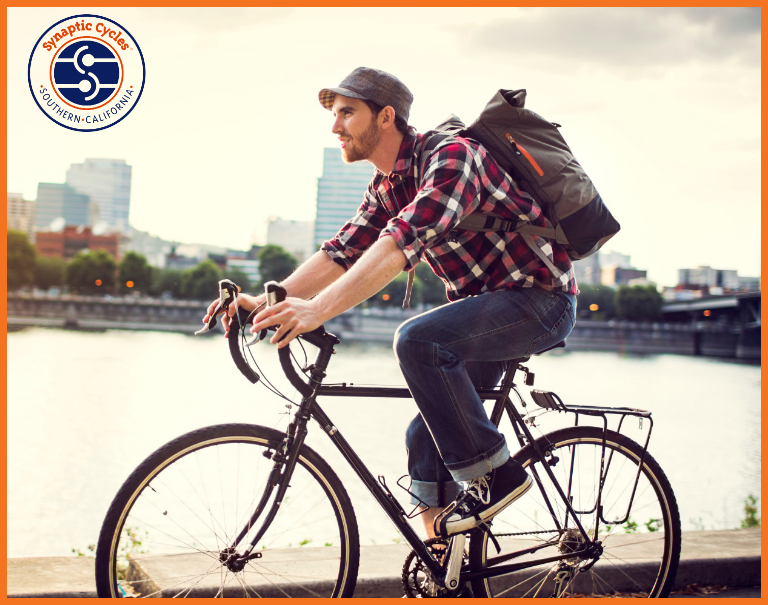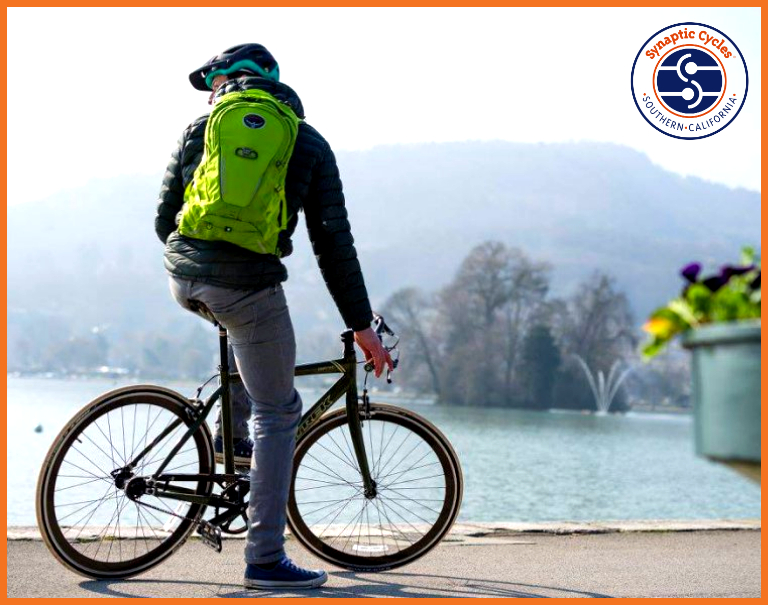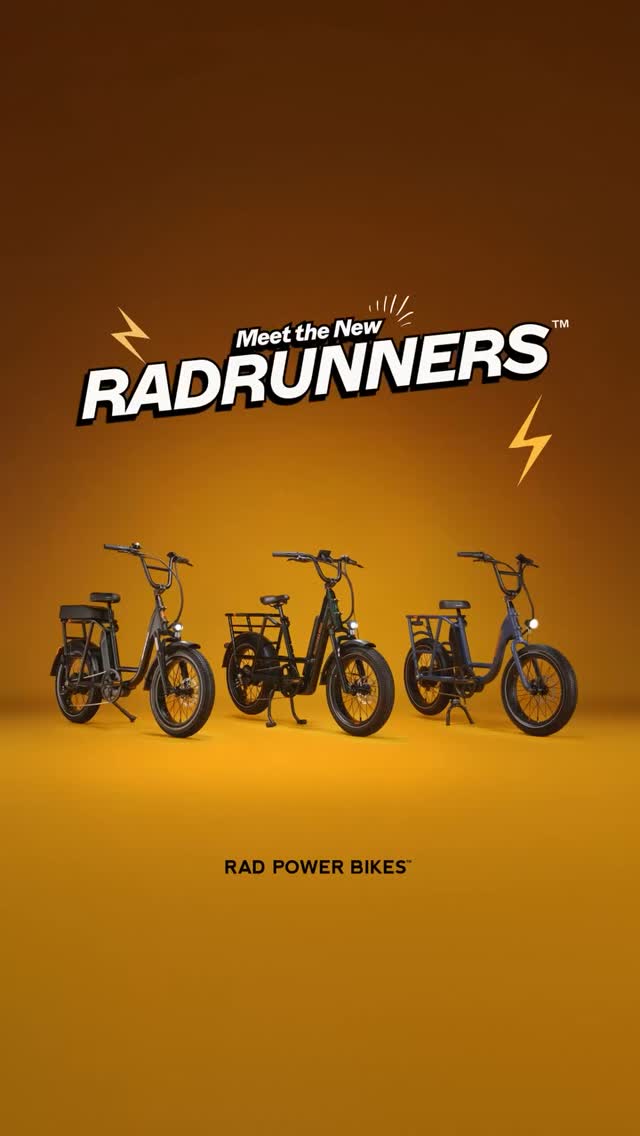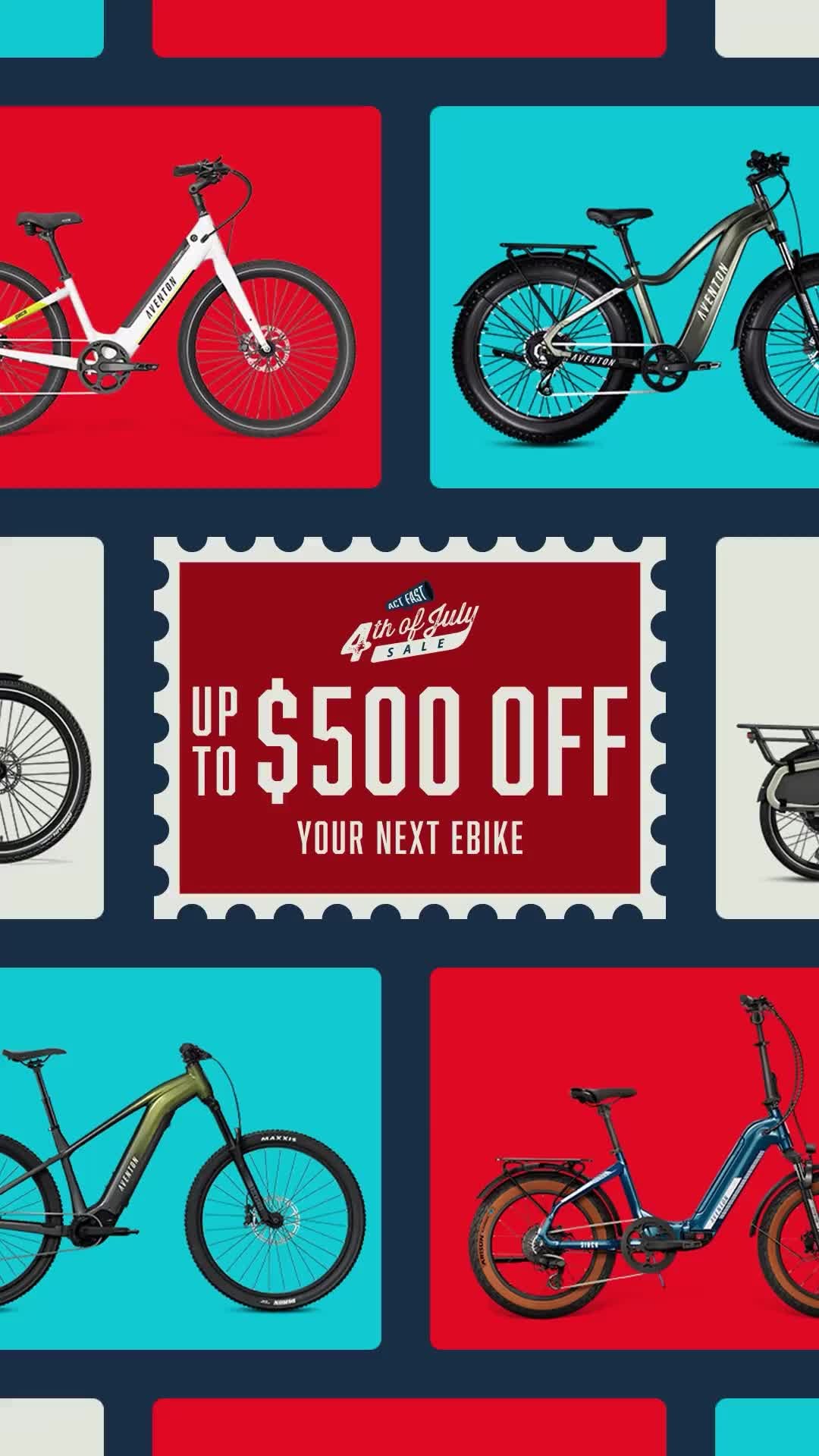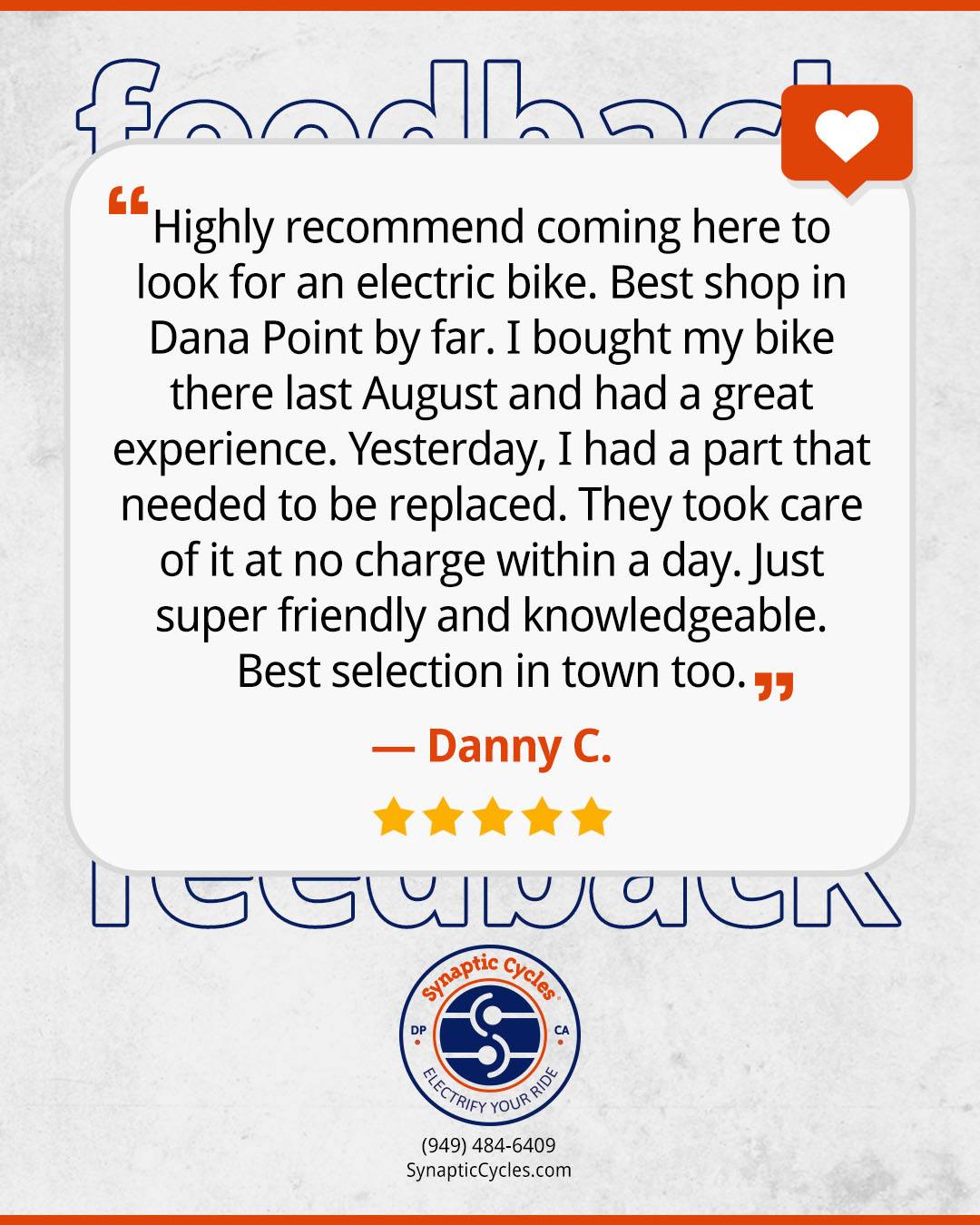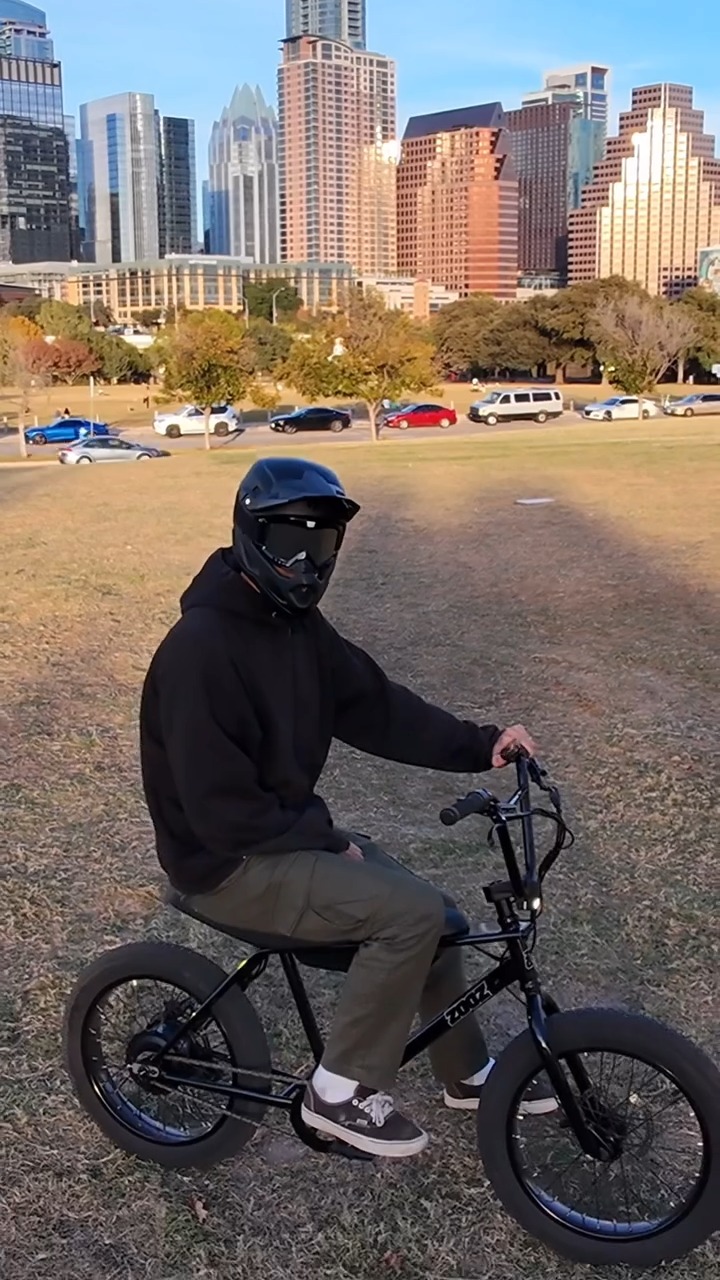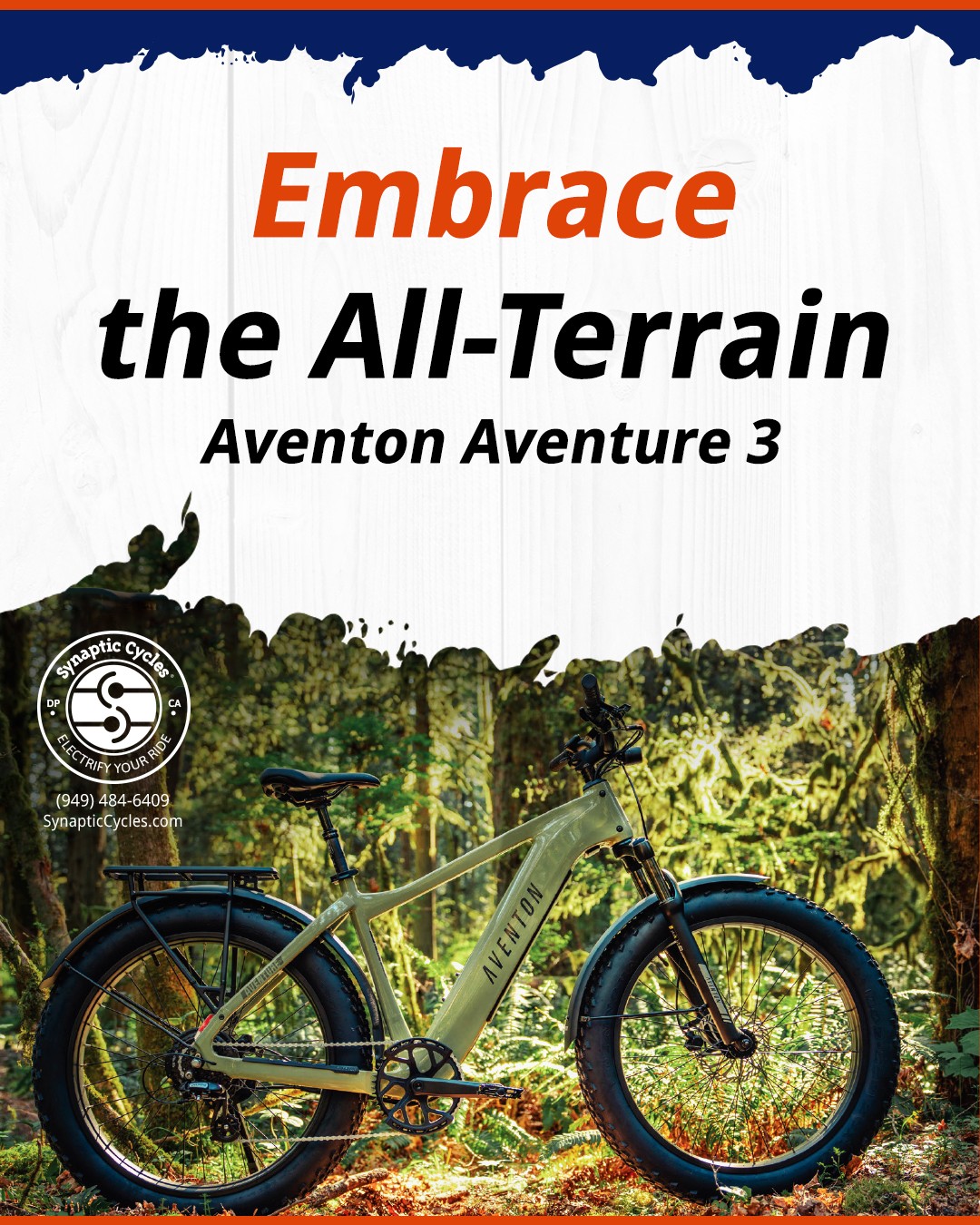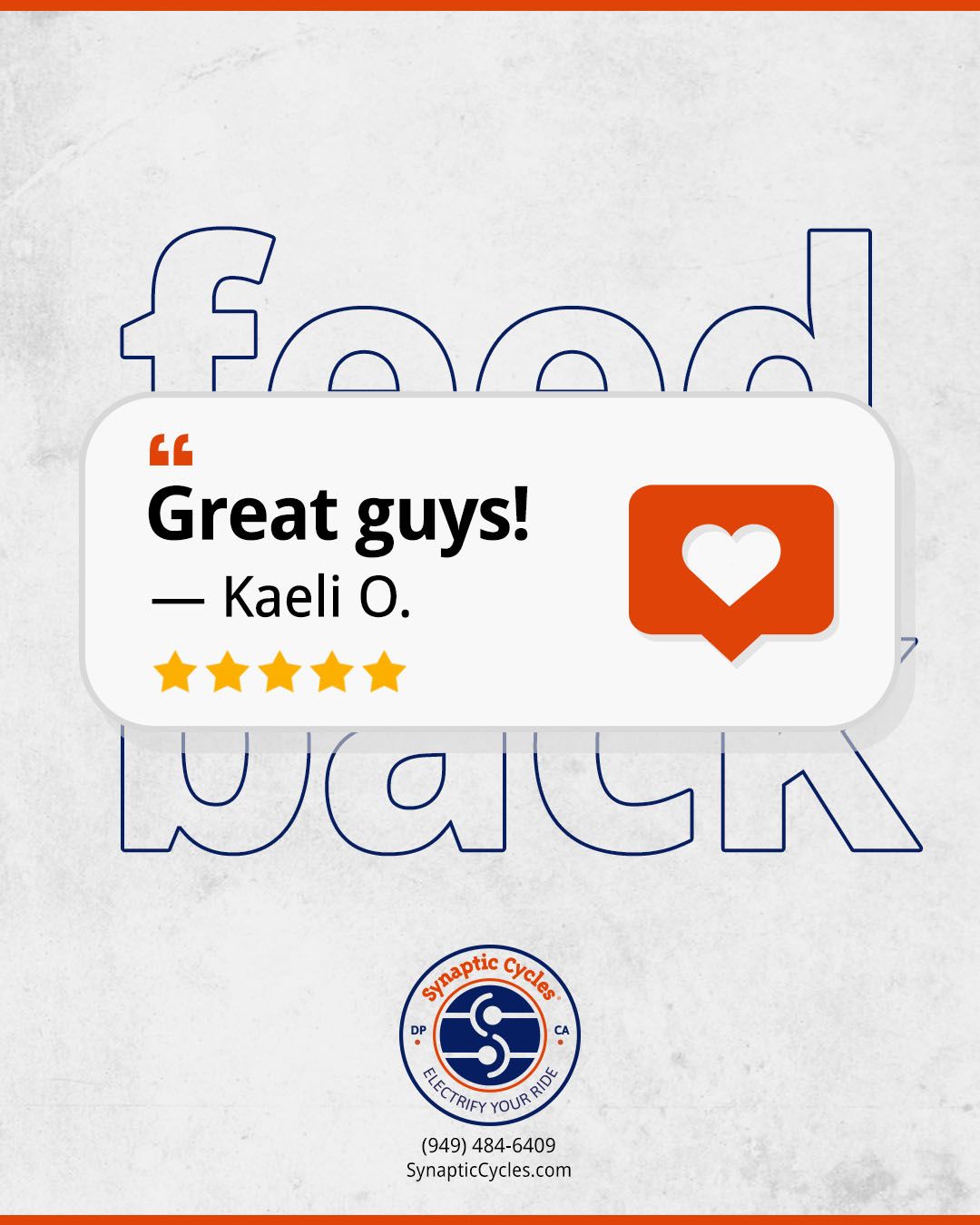Think of bikepacking like backpacking, only on your bike, though backpacking can be a little more forgiving. The bike carries the weight for you. And if you ask the experts, the bike you ride doesn’t matter so much as long as it’s comfortable. Sales data from early in the pandemic showed a spike in purchases of both mountain bikes and more casual, basic bicycles under $200. Either works for bikepacking. The limiting factor is where you want to go.
For bikers who started cycling during the pandemic, longtime hardcore cyclists or anyone looking for a new way to travel, bikepacking can be safe and affordable. It takes all comers. All you need is a push out the door. Here are some tips to get you started.
Why bikepack
Amateurs and professionals alike give all sorts of reasons for why they bikepack, but the original impetus is often pretty simple. Lael Wilcox, for instance, didn’t drive, but she wanted to see the country.
“I was riding to work,” says the Alaskan, “and then I thought, ‘If I could ride to work, I could ride all over the city, I could ride to the next city, I could ride across the country.’” She has since become known as one of the best ultradistance cyclists in the world.
She did her first tour from Portland, Maine, to Montreal, and then down to Key West, Fla. It was 2008, and she was 20. She had no idea what she was doing.


